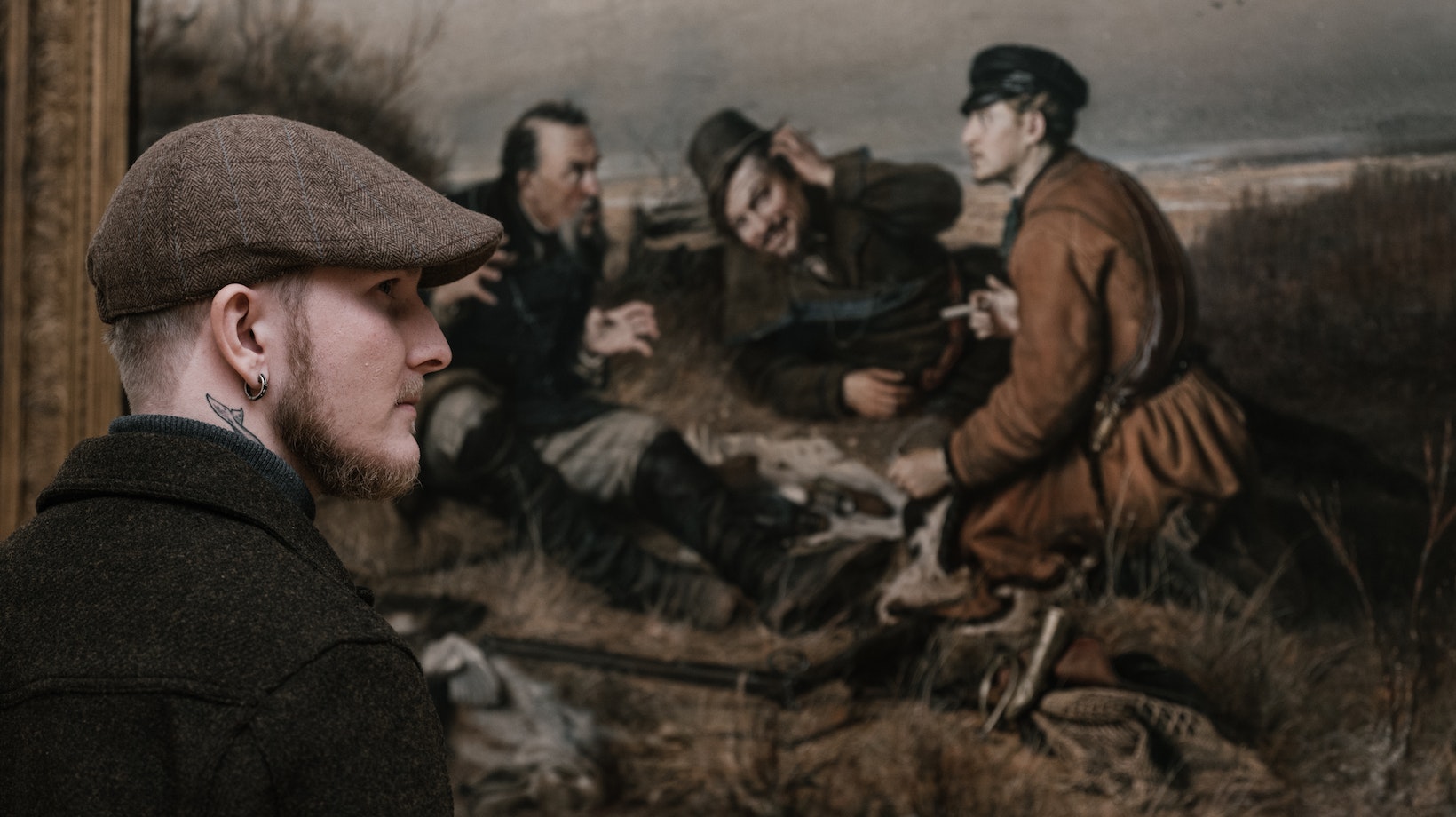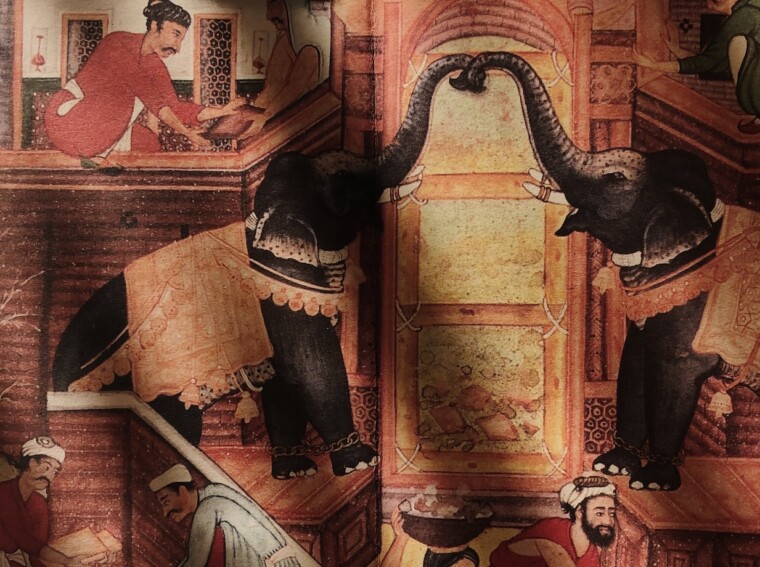What Complications did Michelangelo Face While Painting the Sistine Chapel
When Michelangelo embarked on the monumental task of painting the Sistine Chapel, he faced numerous complications and challenges that tested his skills and perseverance. One of the major obstacles was the physical strain caused by working in an uncomfortable position for extended periods. Painting on a ceiling required him to constantly crane his neck, leading to immense discomfort and fatigue.
Another difficulty Michelangelo encountered was the sheer scale of the project. The Sistine Chapel’s vast dimensions posed a significant challenge, as he had to adapt his artistic techniques to ensure visibility from afar. This required him to use bold colors and strong contrasts, allowing the intricate details of his masterpiece to be appreciated even from a distance.
Additionally, Michelangelo faced pressure from various sources, including powerful figures within the Catholic Church who had differing opinions about how the artwork should look. This led to conflicts and compromises that affected both his creative process and vision for the chapel’s interior.
Despite these complications, Michelangelo managed to overcome adversity with remarkable skill and determination. His unparalleled talent enabled him to create one of the most iconic works of art in history – a testament to his enduring legacy as a masterful artist.
Limited Time and Tight Schedule
One of the major complications that Michelangelo faced while painting the Sistine Chapel was the constraint of limited time and a tight schedule. As I delve into this topic, it becomes evident that these challenges played a significant role in shaping the artistic process and final outcome.
Firstly, let’s consider the immense scale of the project. The Sistine Chapel ceiling spans approximately 5,000 square feet, depicting various biblical scenes and figures. Michelangelo was tasked with transforming this vast expanse into a masterpiece within a relatively short timeframe. This demanding schedule put immense pressure on him to work efficiently without compromising on quality.
Furthermore, Michelangelo had to contend with external factors that further restricted his time frame. One such factor was Pope Julius II’s insistence on expediting the completion of the chapel. The pope had high expectations for Michelangelo’s work and desired swift results. Consequently, this added another layer of stress for the artist as he grappled with meeting both his own artistic standards and fulfilling the pope’s demands.
Michelangelo’s ability to navigate through these limitations is a testament to his genius and determination. By working tirelessly within a tight schedule, he managed to create one of art history’s most revered masterpieces – a true testimony to human achievement.
As we reflect upon these complications faced by Michelangelo during his endeavor to paint the Sistine Chapel, it serves as a reminder of how even great artists encounter hurdles along their creative journey. It is through their persistence and unwavering commitment that they are able to transcend limitations and leave an indelible mark on the world.

Working in Unfavorable Conditions
When Michelangelo embarked on the monumental task of painting the Sistine Chapel, he faced numerous complications that tested his skill and perseverance. One of the major challenges he encountered was working in unfavorable conditions. Let’s delve into some of these difficulties:
- Cramped Space: The Sistine Chapel is not a vast expanse; rather, it is a relatively small space with limited room for maneuvering. This meant that Michelangelo had to navigate within tight confines while executing his intricate designs on the ceiling. Imagine contorting your body for hours on end while meticulously painting above your head!
- Awkward Positioning: To paint the ceiling, Michelangelo had to work from scaffolding positioned nearly 60 feet above ground level. This forced him to adopt awkward postures and strain his neck for long periods, which undoubtedly took a toll on both his physical and mental well-being.
- Neck Strain and Eye Fatigue: Constantly looking upwards can cause significant strain on the neck muscles and lead to eye fatigue. Michelangelo had to endure this discomfort day after day as he meticulously painted each section of the chapel’s ceiling.
- Poor Lighting: Another challenge faced by Michelangelo was poor lighting conditions inside the Sistine Chapel during his time. Natural light sources were scarce, making it difficult for him to accurately assess colors and shadows while working on his masterpiece.
- Time Constraint: Completing such an ambitious project within a specified timeframe added immense pressure to Michelangelo’s already challenging circumstances. He worked tirelessly for four years (1508-1512) to complete the ceiling frescoes, often sacrificing sleep and personal comfort.
Despite these complications, Michelangelo’s genius prevailed, resulting in one of history’s most iconic artworks – the breathtaking frescoes adorning the Sistine Chapel ceiling.
